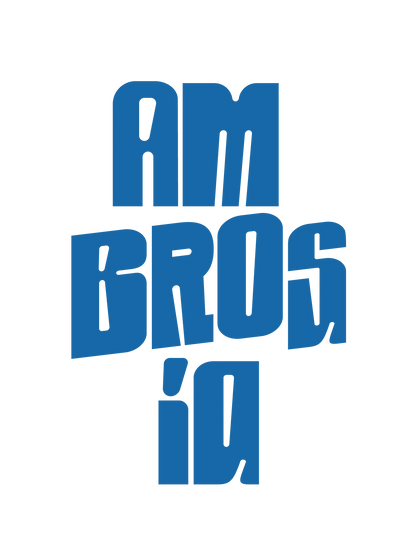Frequently Asked Questions
Find answers to frequently asked questions about our champagnes, orders, and more.
Frequently Asked Questions
Find answers to frequently asked questions about our champagnes, orders, and more.
Yes, you will receive a Track & Trace link as soon as your order has been shipped.
Store champagne in a cool, dark place, preferably lying flat, at a constant temperature between 10-12°C.
Champagne is best enjoyed between 8-10°C.
No, champagne usually doesn't need to be decanted. However, with certain vintages, it can be beneficial – contact us for advice.
Ongeveer 12 glazen van 125ml. Perfect voor 6 tot 8 personen bij een diner.
Een methusalem van 6 liter. Alles daarboven vraagt om spierballen, geduld en een heel dorstige vriendengroep.
Door de langzamere rijping en het lagere zuurstofgehalte blijft de wijn stabieler, complexer en eleganter. Groter is hier letterlijk beter.
Champagne is a sparkling wine, but can only be called that if it originates from the Champagne region in France and meets strict production regulations. Other sparkling wines are called prosecco (Italy) or cava (Spain), for example.
The most commonly used grape varieties are Chardonnay, Pinot Noir and Pinot Meunier.
Non-vintage Champagne is meant to be enjoyed within 2-3 years. Vintage Champagne can often age longer (5-10 years or more), depending on the house and style.
- Non-vintage (NV): Made from grapes from multiple years; intended for consistent house style
- Vintage: Made from grapes from a single exceptionally good year; often more complex and exclusive
No! Champagne is versatile: it pairs perfectly with seafood, sushi, light appetizers, or even truffle fries. It's not just for New Year's Eve!
Production is labor-intensive, the regulations are strict, and the maturation period is long. Moreover, it comes exclusively from a limited region, which increases its exclusivity.
Favorite movie scene – but in reality, it's a shame. Champagne is opened slowly, with a soft "sigh" to preserve the bubbles.
You can reach us by email at info@vinambrosia.com , through the contact form on our website, or click the WhatsApp button at the bottom of the website. We'll respond within 24 hours.
Yes, we also serve restaurants, businesses, and events. Contact us for a customized quote.


